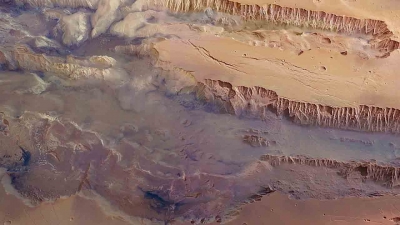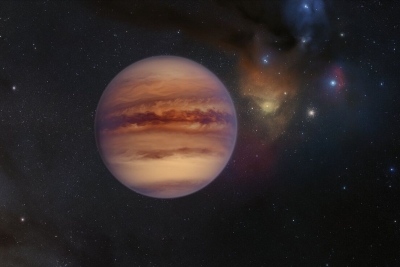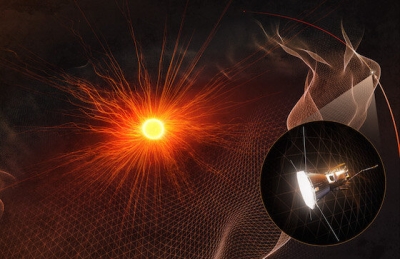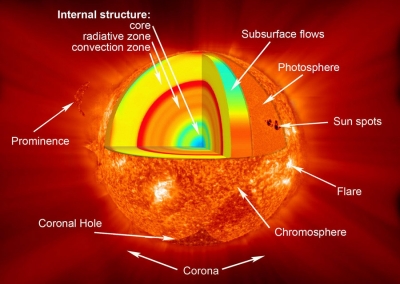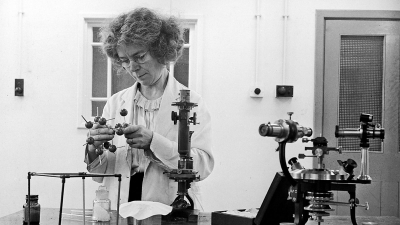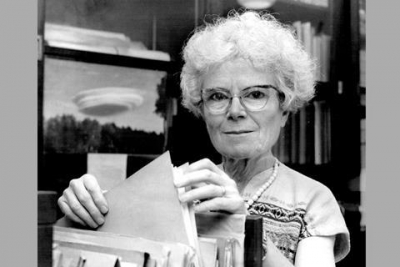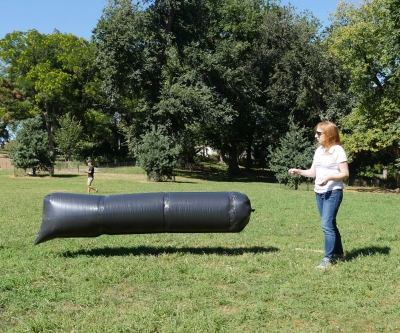When we work out, our bodies feel warm. Does a rubber band feel the same way? Though it sounds absurd, let's find out.

What you need:
A thick rubber band
What to do:
1. Hold the rubber band between your two index fingers without stretching it. Place it against your forehead or your cheek. Note if the rubber band feels warm or cool to the touch.
2. Now, move the band away from your face. Then stretch it out and quickly hold it back against your forehead (still stretched out). Does the rubber band feel warm or cool now?
3. Move the band away from your face again, still holding it stretched. Once it is away, let it spring back to its original shape and quickly place it against your forehead How does it feel now?
4. Repeat this several times until you are certain about the results.
What happens:
When the band is stretched out it feels warm against your forehead. When it is relaxed, it feels cool.
Also, the thicker the rubber band, the more temperature change you will feel
Why?
First, the rubber band is held against your forehead or your cheek because they are the more sensitive areas on your body. There is a universal law that states that energy can neither be created nor destroyed; it is simply transferred from one form to another.
When you stretch the rubber band, you put some energy into the motion. This energy is absorbed by the band, its internal energy increases and takes the form of heat. When you touch the band to your head, some of this increased energy flows from the band to your forehead (heat is a form of energy that always flows from hot to cold). That is why you find it warm.
When you release the band, the extra energy is also released. So the rubber band cools down. When you hold it against your forehead, the heat from your skin flows into the band. And it feels cool.
Picture Credit : Google

